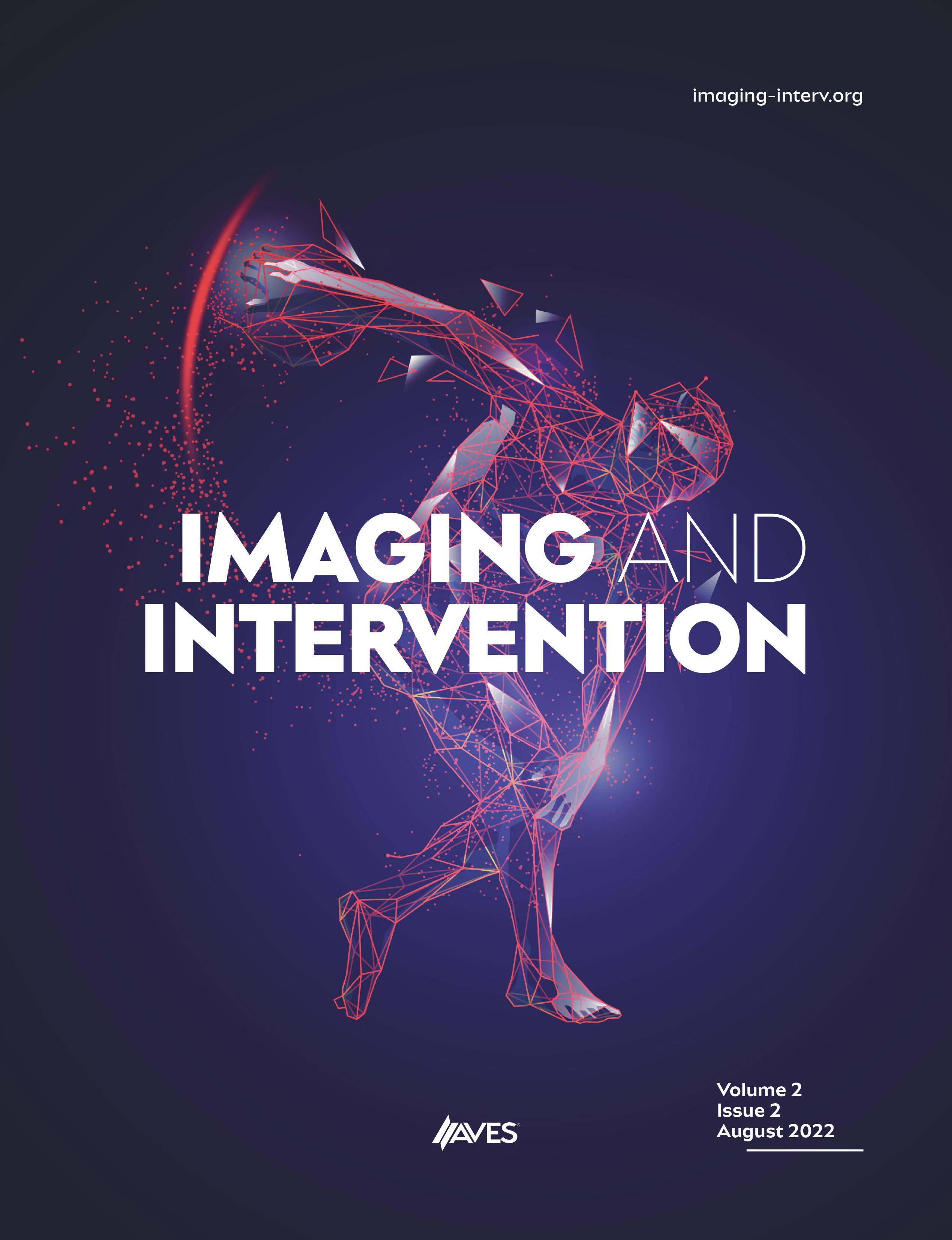Background: Current literature lacks analysis of the interventional radiology workforce’s distribution in the United States. To characterize the geographic distribution of the interventional radiology workforce in the United States and to determine if there is a disparity in the geographic distribution of interventional radiologists in the rural –urba n–met ropol itan continuum. This project also resulted in the creation of an interactive map that may be utilized by interventional radiologists to screen for underserved areas to practice.
Methods: This retrospective study identified all interventional radiologists participating in Medicare’s Fee-for-Service program. Each interventional radiologist’s practice location was then matched to its respective county. Each county was classified as either rural, urban, or metropolitan based on a standardized classification system provided by the United States Department of Agriculture Economic Research Service known as Rural–Urban Continuum Codes. All counties were linked to population-level metrics provided by the Census Bureau. Finally, predetermined metrics were calculated: interventional radiologist density per 100 000, total population, and the total number of interventional radiologists in each county type.
Results: There are a total of 3142 counties in the United States. Among them, 1165 are metropolitan counties, 1332 are urban counties, and 644 are rural counties. Interventional radiologists are absent from 485 metropolitan counties, 957 urban counties, and 587 rural counties. There are 1.37 interventional radiologists per 100 000 people in metropolitan counties, 0.81 interventional radiologists per 100 000 in urban counties, and 0.57 interventional radiologists per 100 000 in rural counties.
Conclusion: The data suggest a disparity in the geographic distribution of interventional radiologists across the rural–urban continuum in the United States. The interactive map may serve as a tool to help normalize the distribution of interventional radiologists.
Cite this article as: Potluri VK, Patel SG, Bilello JL, Gill GS, Saleem A, Bagherpour AN. The geographic distribution of interventional radiologists in the United States: A county-level analysis. Imaging Interv 2022;2(1):1-4.


